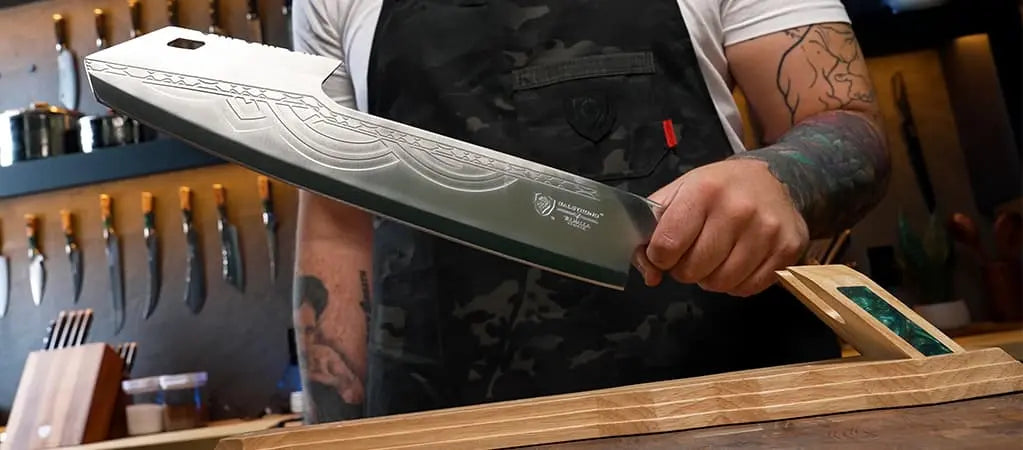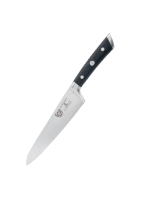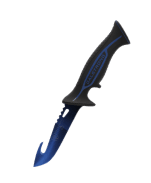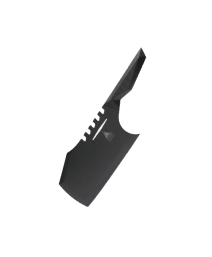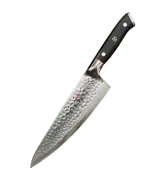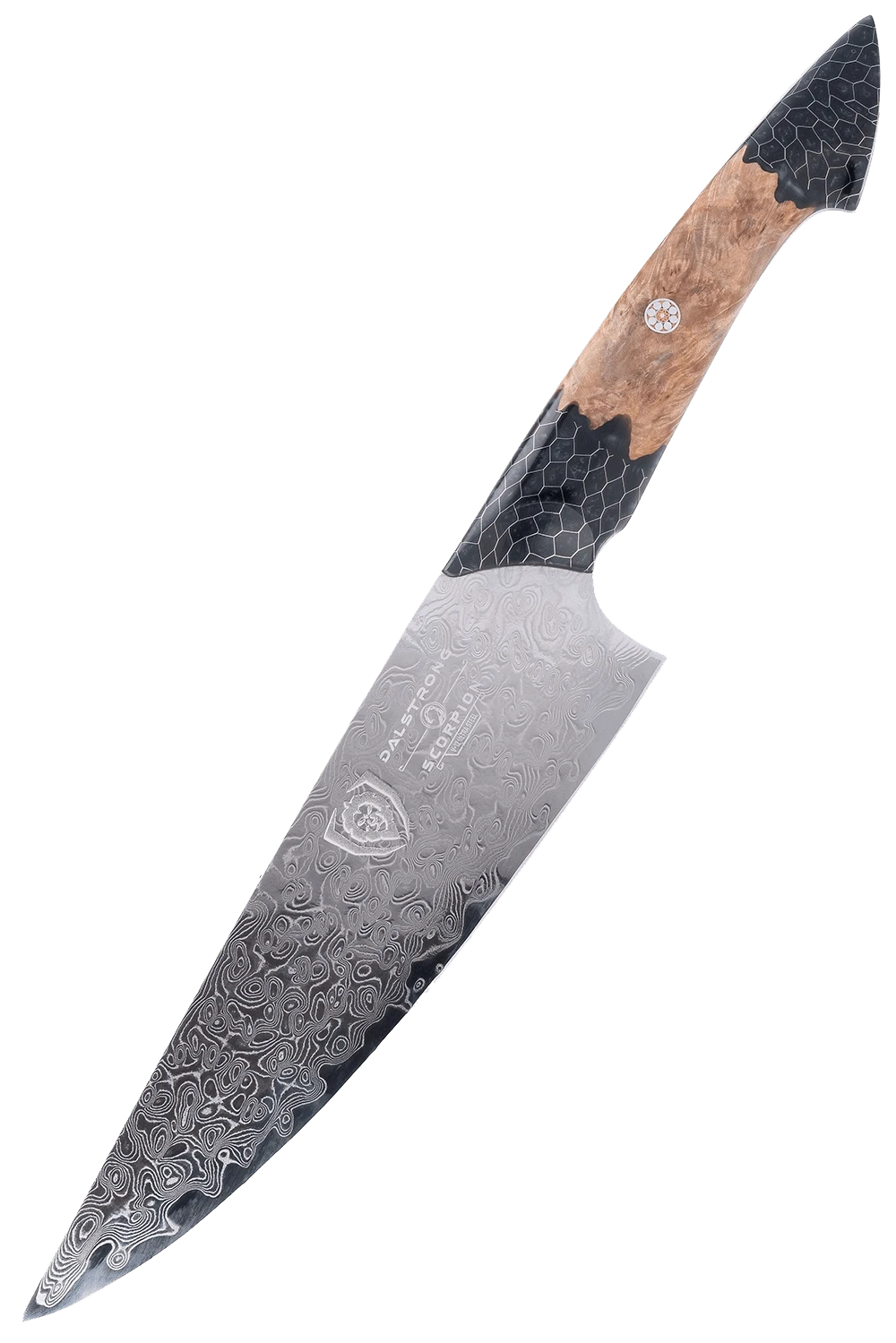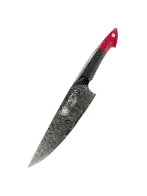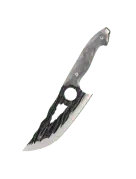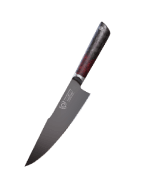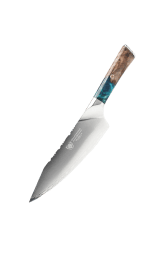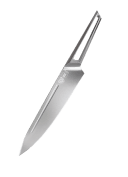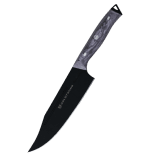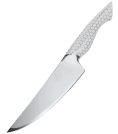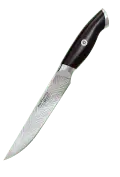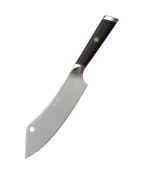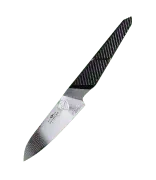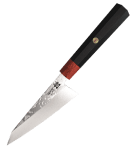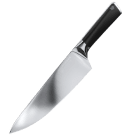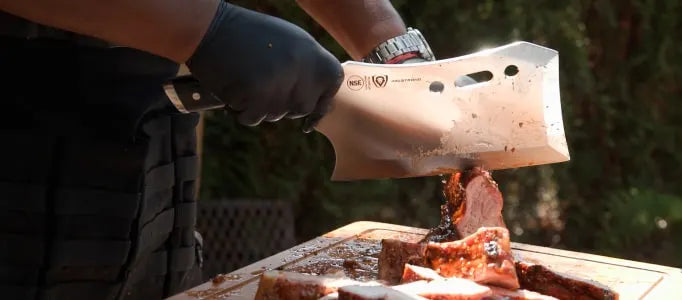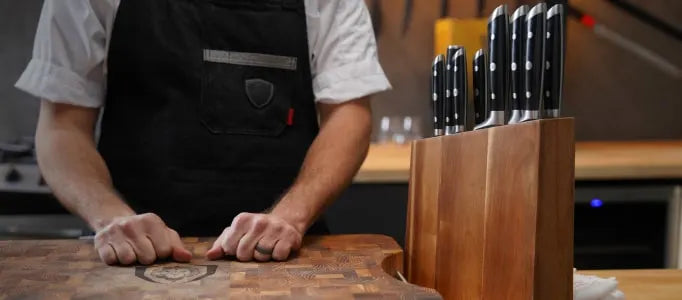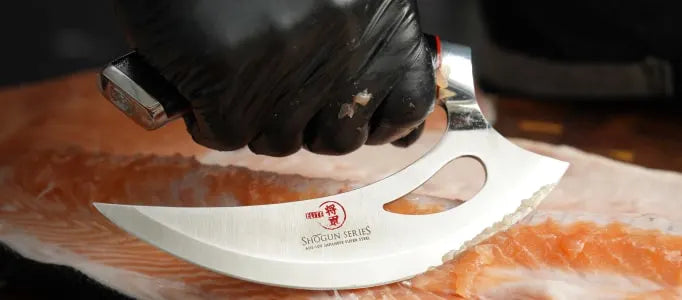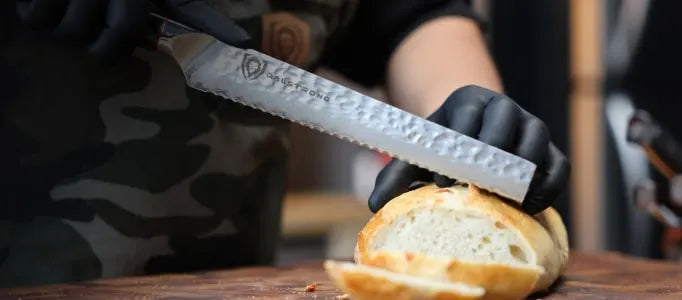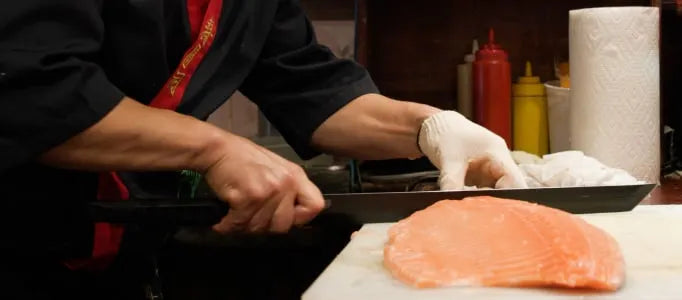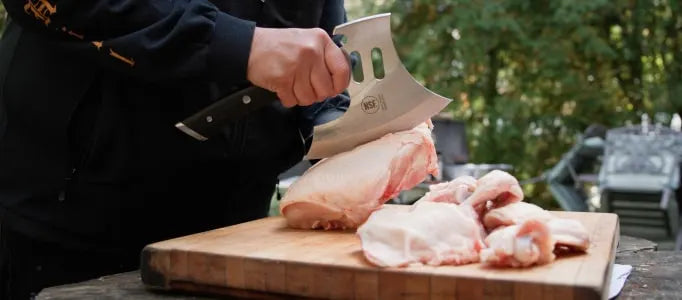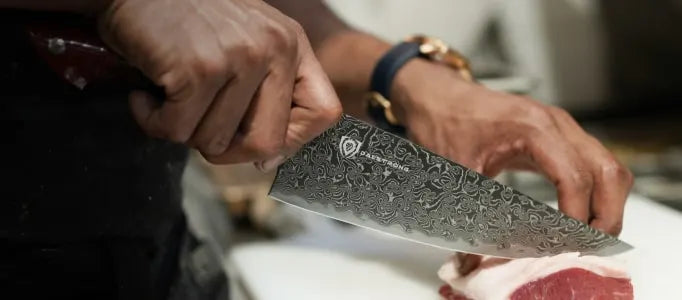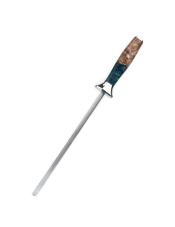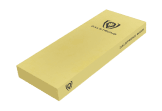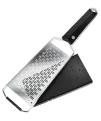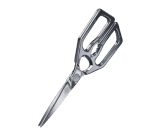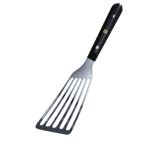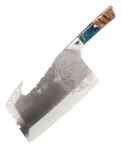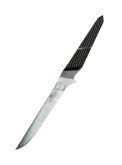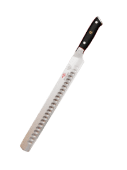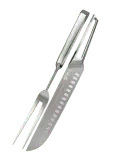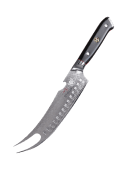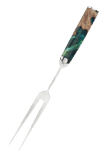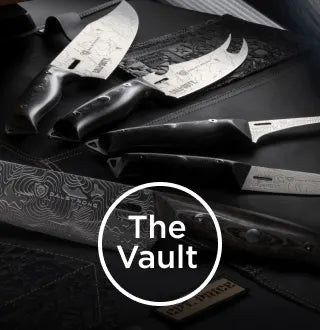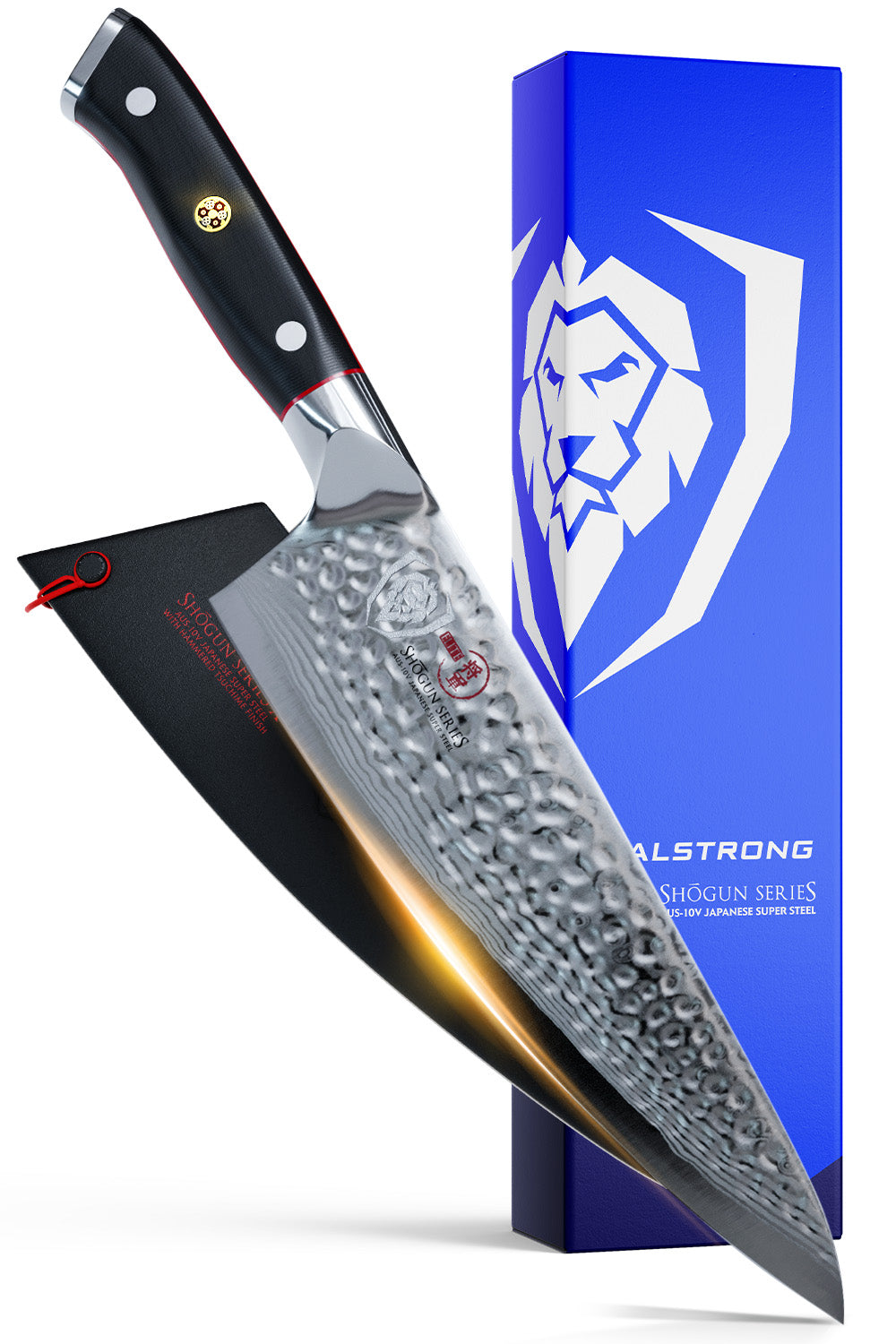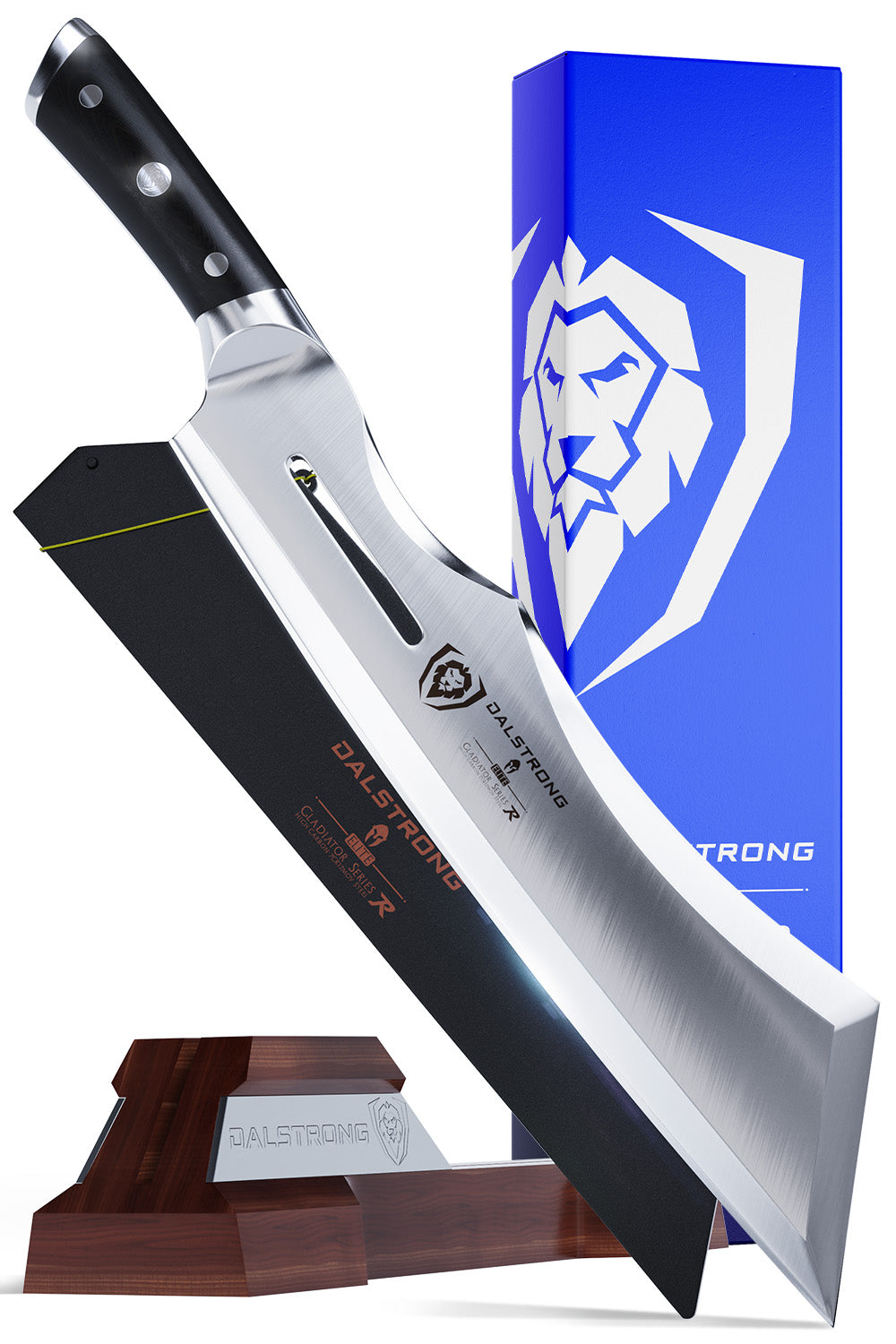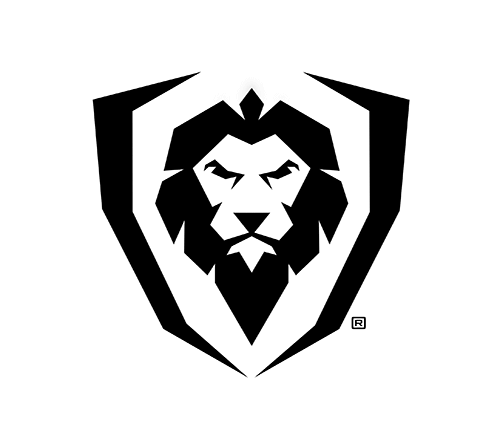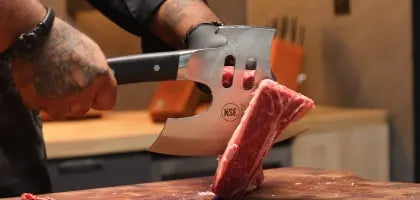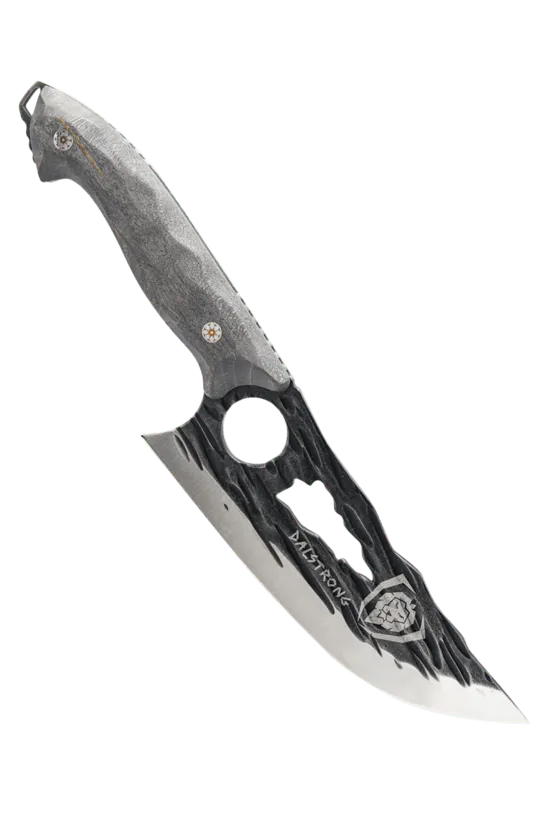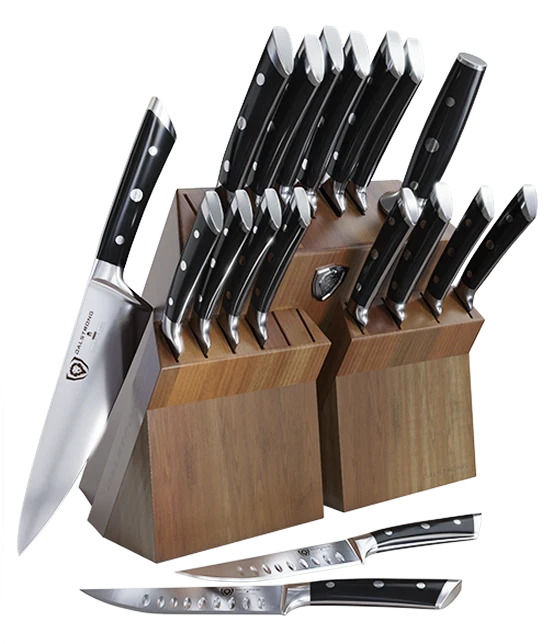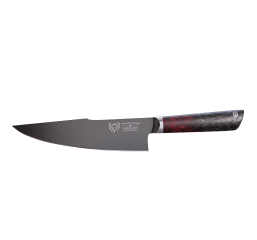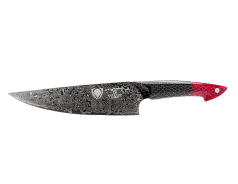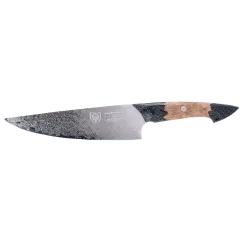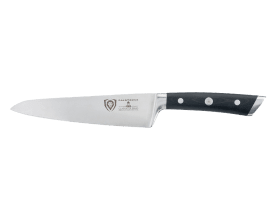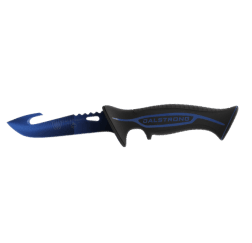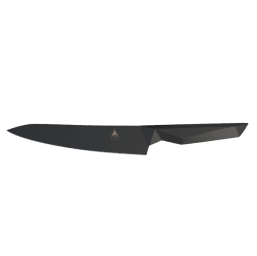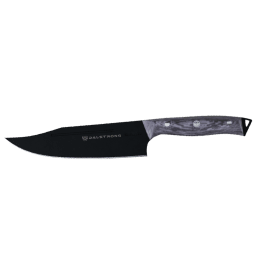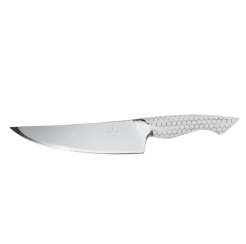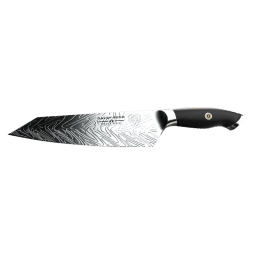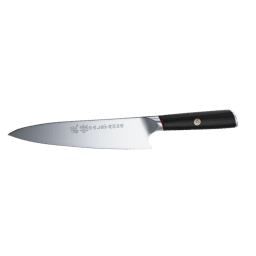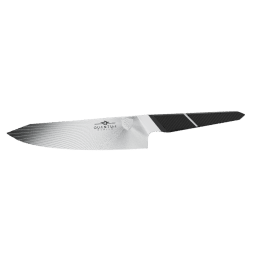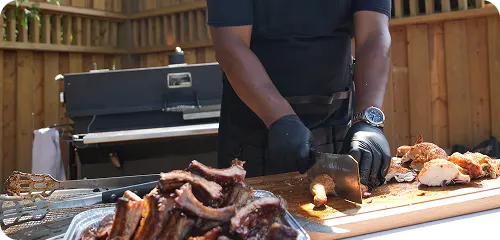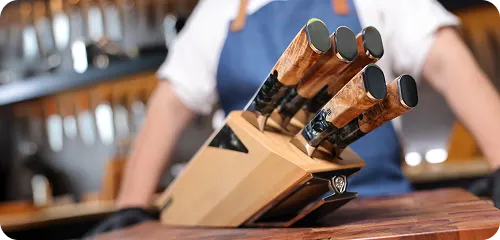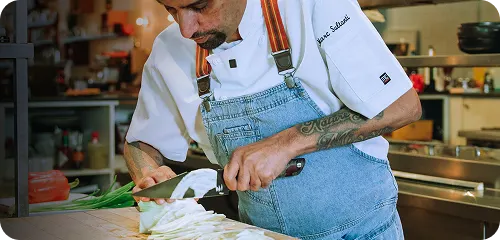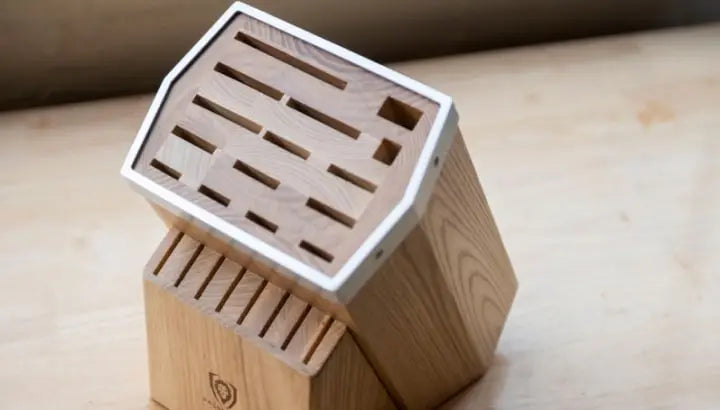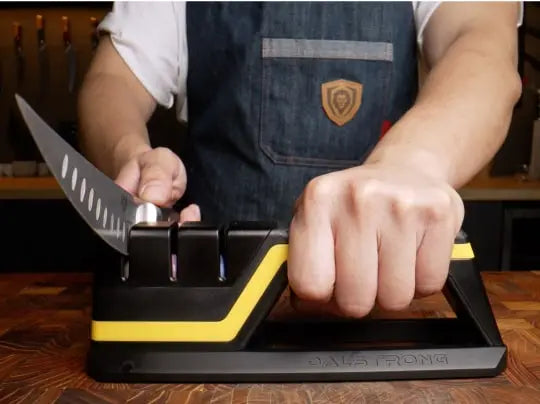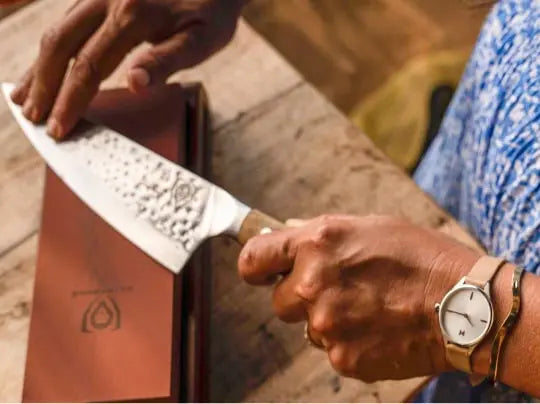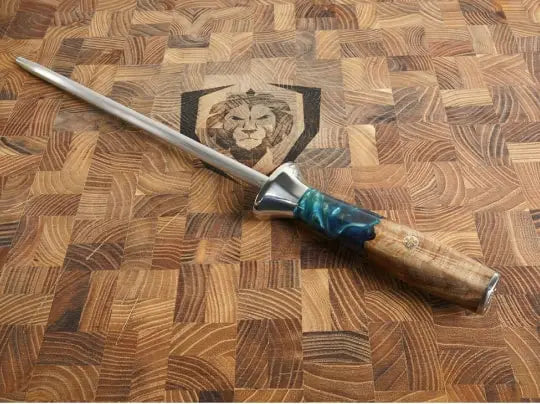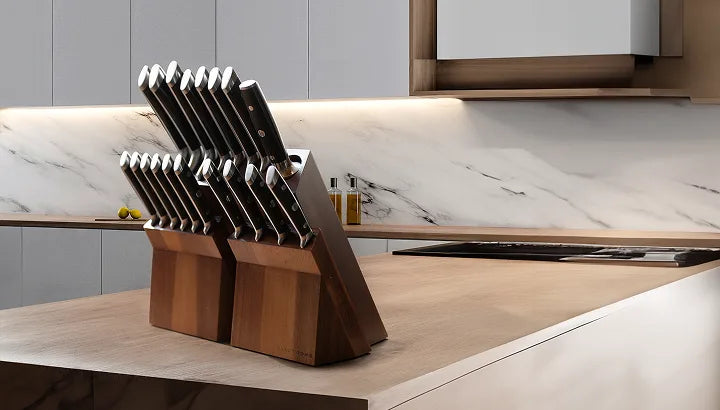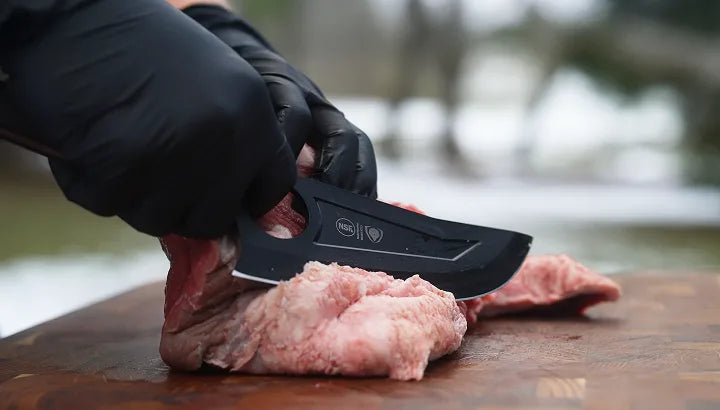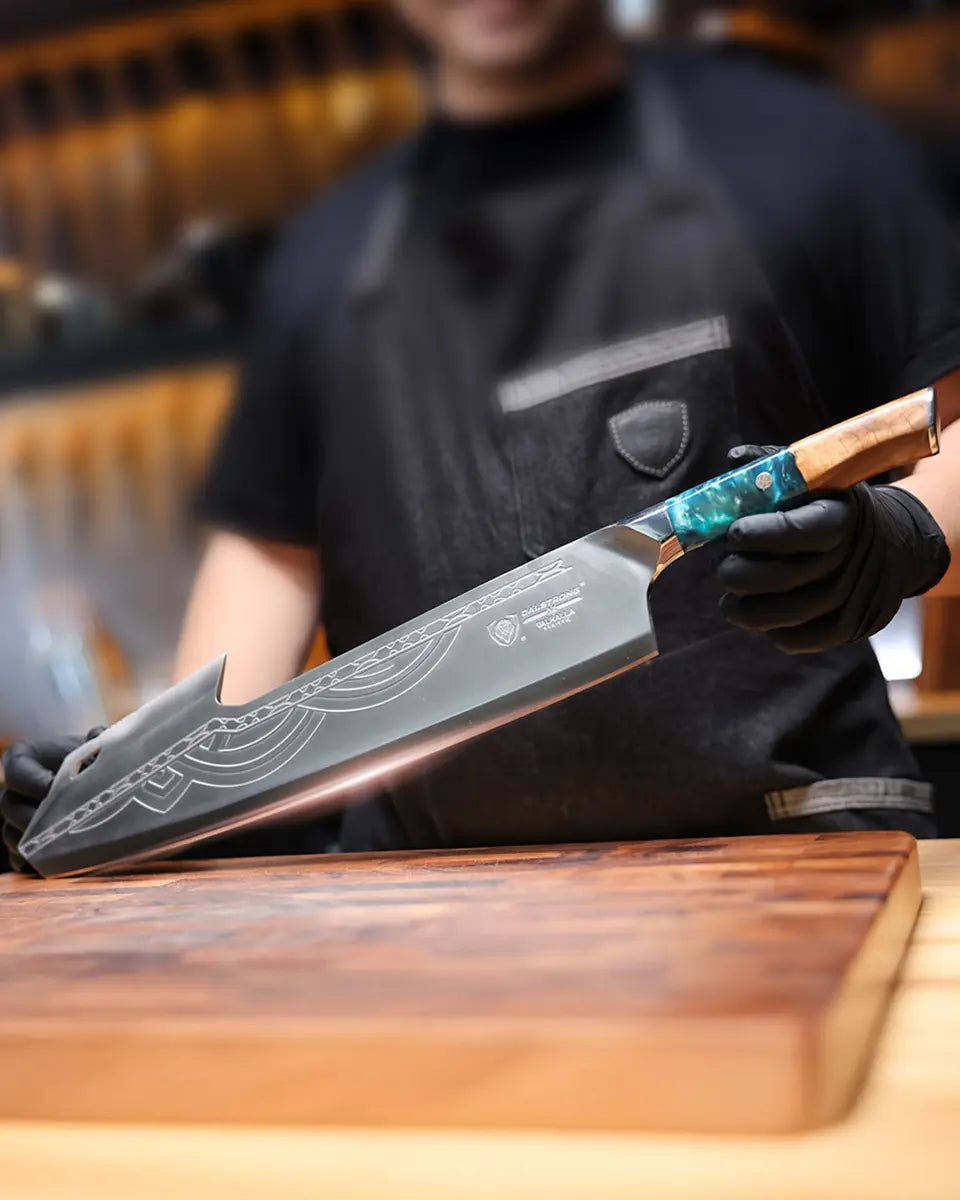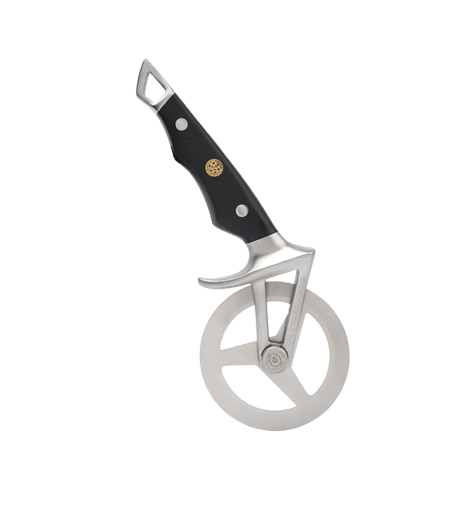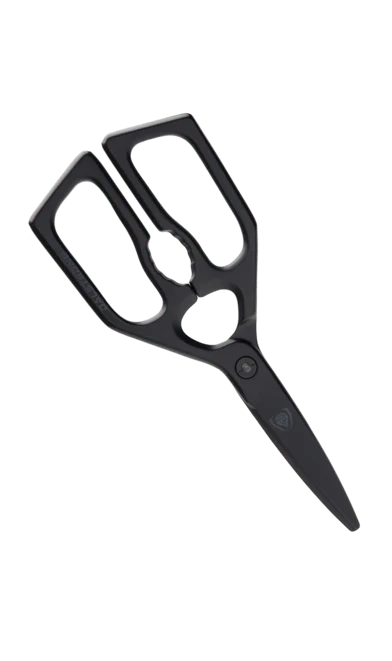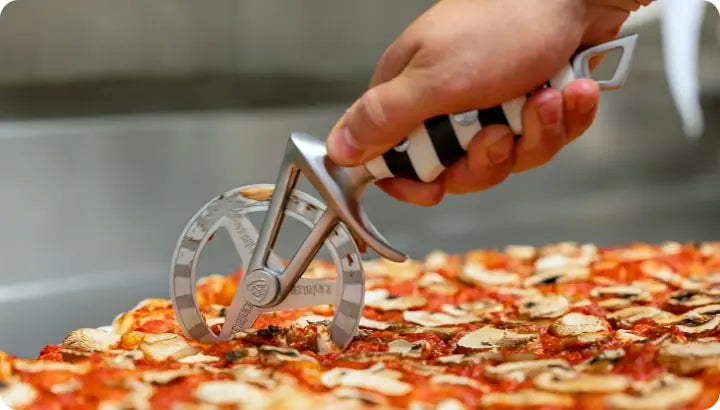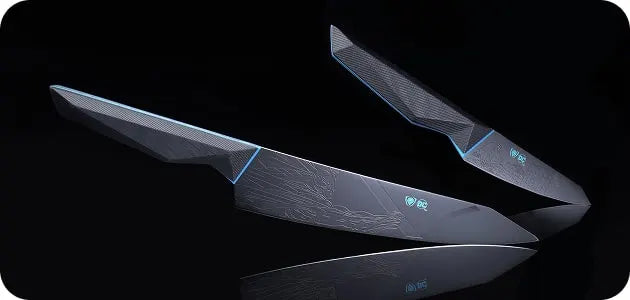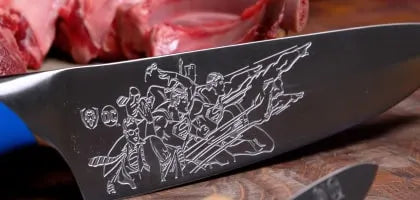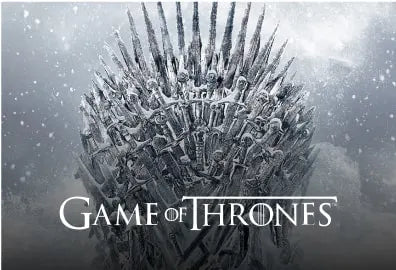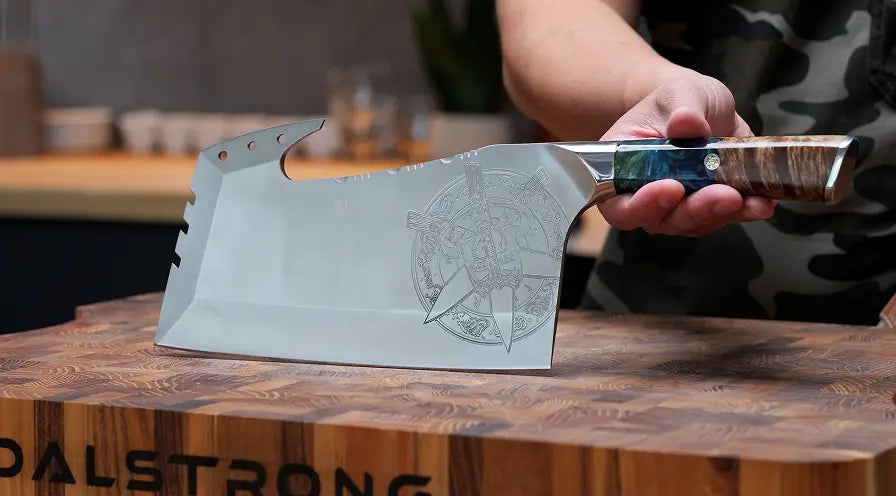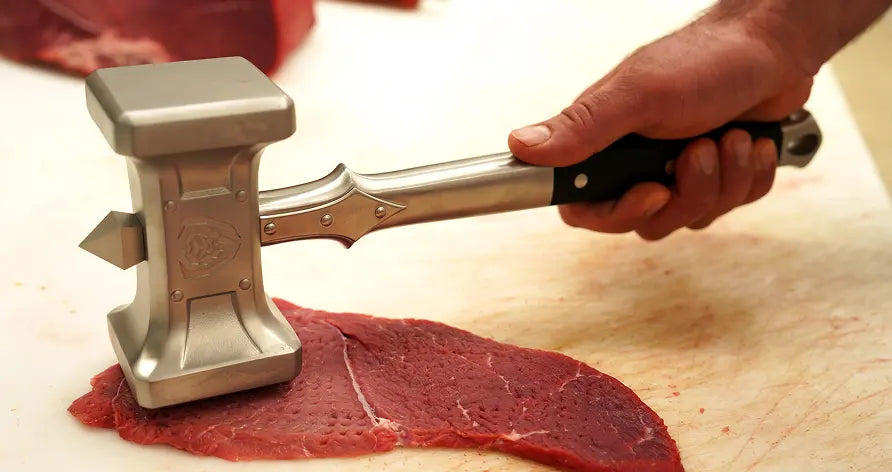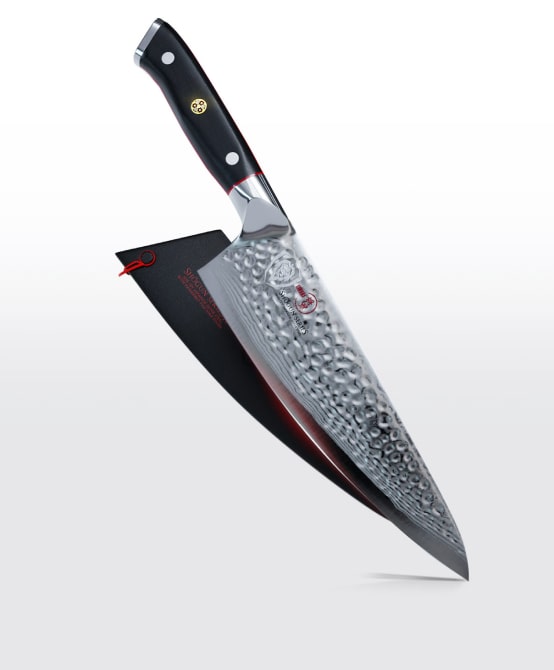
Best Pots And Pans To Buy
- The Nonstick Skillet. The basic non-stick skillet or fry pan has come a long way and remains one of the most versatile cookware pieces a home cook can own.
- The Saute Pan. Saute pans can handle anything from complex pan sauces to steaks to basic fried fare and can even pinch hit for a microwave when reheating prepared food.
- The Stock Pot. Most 3-quart options are heavy enough for great heat distribution, and have a handle grip that allows for versatile use in the oven and on the stove top.
When choosing pots and pans for your kitchen, the options can be overwhelming. Whether you are new to cooking or ready to upgrade your cookware, balancing quality with performance is the key to selecting the right pieces. Rather than opting for extensive, pre-selected cookware sets, consider the types of cooking you do most and what type of oven and cooktop/cooking surface you use.
Dalstrong has three quality lines to choose from that span the spectrum of cookware types and can do all the heavy lifting for whatever you love to cook. With this guide, you can easily assemble the best kitchen pots and pans for your home.
1. Everything You Need To Know About The Nonstick Skillet
12" ETERNA Non-Stick Frying Pan & Skillet - The Oberon Series
For everyday cooking and keeping fat content to a minimum, nothing can compare. Today’s nonstick coatings are sprayed on and cured so that they maintain their smooth texture and remain easy to clean over years of use.
Best Uses: fried or scrambled eggs, omelets, pancakes, sticky foods, everyday foods, best for new cooks
Choosing The Best Nonstick Pan
Not all nonstick cookware are created equally. You should expect a premium nonstick pan to have an aluminum core for even heat distribution and to have enough weight not to warp with usage over time. Size also matters and you should consider the size of your range burners or cooking surface before selecting non-standard sizes. A 12” skillet is the gold standard for most home cooks and would be a welcome addition to any nonstick cookware set.
Do your research when doing cost-comparisons to be sure that you are making the safest choice. A good non stick coating should be PFOA and APEO-free to be healthiest for interacting with your family’s food. For cooks that like to finish their pieces in the oven, consider a skillet with an additional side handle to allow for ease of transition and avoid any potential spills and burns.
Quality nonstick cookware are easy to clean and should require little to no scrubbing when cooled after cooking. Because these frying pans will get frequent use in any kitchen, most cooks opt for models that are dishwasher safe to eliminate unnecessary sink clutter.
2. The Saute Pan
12" Aluminum Sauté Frypan - The Oberon Series With Glass Lid
Like the chef’s knife, the saute pan is a frequent go-to for professional and home cooks alike. Saute pans can handle anything from complex pan sauces to steaks to basic fried fare and can even pinch hit for a microwave when reheating prepared food. A quality saute pan can add efficiency to your meal preparation. Heat distribution is key for getting the most even cook on electric, induction, or gas cooktops.
Best Uses: seared and browned meat, stir frys, cooked grains, acidic foods, pan sauces and gravies
Don’t Forget The Lid
Opt for a saute pan with a thick, tempered glass lid to allow you to see your food while it sits at a simmer. Secure glass lids should also include a sturdy, heat-safe knob to prevent burns and slippage. Dalstrong’s attractive lids feature the Dalstrong lion insignia, adding a special visual appeal to each piece.
3. The Stock Pot
3 Quart Stock Pot - Hammered Finish - Black - The Avalon Series
There’s a trend in high-end kitchens to have a pot filler next to the stove--and there’s a reason for that! The stock pot is one of the best cookware pieces to have in your collection. Most 3-quart options are heavy enough for great heat distribution, and have a handle grip that allows for versatile use in the oven and on the stove top.
When selecting a stock pot, look for options that allow for quick boiling and performance on induction cooktops, or electric or gas stoves. A heavy duty lid with venting prevents water from boiling over or the rattling sound that accompanies it.
Best Uses: boiling pasta, potatoes, and grains, steaming vegetables, soups and chili
Size Up Your Needs
While your vision of steaming whole lobsters for a crowd may be inspiring, most home cooks rely on a moderately-sized stock pot for daily use. Consider your stove and storage space when selecting your stock pot, as well. Standard shelf size may not allow a larger pot to be easily stored.
4. Nice-To-Have Additions To Your Cookware Set
If you are cooking for a large crowd or like to spice things up with complex dishes now and then, you may want to invest in specialty pots and frying pans that go beyond your daily cookware set.
Grill Pan
Grill pans can be helpful for anything from fish to panini sandwiches, and allow you to create the attractive char lines that give a restaurant quality to your meal. Some can take on foods that would otherwise be cooked in the oven, but can do so more efficiently.
Pressure Cooker
If you don’t have time to slow-cook them, electric and stovetop pressure cookers can be perfect for stews and roasts that need to get to the table in record time. Pressure cooking can also free you up to saute or fry simultaneously on the same cooktop.
Dutch oven
Home bakers and those cooking for a crowd will enjoy the versatility of a sturdy Dutch oven. Great for braising meat for stews or creating a crusty loaf of homemade bread. Most models allow for both stovetop cooking as well as oven use; electric slow cookers can sometimes replace the Dutch oven for those who have counter space to spare.
5. Different Types of Cookware
- Stainless Steel Cookware
- Ceramic
- Cast iron
- Copper
Stainless Steel Cookware
A stainless steel cookware set is a popular starter gift for any new cook or kitchen. The versatility and durability of stainless steel allows for easy use with any cooktop or cooking surface. Stainless pots and pans boast multiple metallic layers to create optimal heat distribution. An aluminum core on skillet or sauce pan sets allows for especially good conductivity. Some stainless steel pots and pans feature copper layers to support induction cooking and increase performance.
Pros And Cons Of Stainless Steel Cookware
Pros
- Scratch resistant and less prone to denting
- Easy to clean with common cleaning products and implements
- Withstands high heat to prevent warping
Cons
- Quick heat conductivity can lead to burning for cooks accustomed to nonstick coating
- Quality can vary and some features, such as plastic handles and lid knobs, limit usage
Ceramic Cookware
The attractiveness of the ceramic nonstick cookware sets allow you to use less fat for low-to-medium heat cooking. Many people are attracted to the affordability of these pans, yet not all ceramic pots and pans are the same. Ceramic coatings can be added to cast iron skillets and other cookware, stainless steel, and aluminum, so it’s important to read about all the features of a ceramic piece before purchasing.
Pros And Cons Of Ceramic CookwarePros
- Nonstick surface makes for easy cooking and reheating of everyday foods
- Nontoxic as the nonstick coatings do not contain some of the PFOA chemicals associated with some nonstick cookware
Cons
- Not dishwasher safe as some detergents can be harmful to the surface
- May have a short lifespan since metal utensils and high heat can ruin the coating’s nonstick quality
Cast Iron Cookware
From browning to baking, many cooks swear by the heavy lifting that a cast iron skillet offers. Forged as one item, these pieces of cookware (when treated well) can be heirlooms that last a lifetime. You’ll hear diehards talk about various methods of seasoning their cast iron skillets by baking oils onto the surface to increase the nonstick quality.
Pros And Cons Of Cast Iron Cookware
Pros
- Naturally nonstick when seasoned and some come pre-seasoned upon purchase
- Durability from scratching, denting, and withstand very high heat
- Versatility and can be easily transitioned from oven to stove top
Cons
- Maintenance and seasoning can be tedious
- Harder to clean as detergents can damage the seasoned surface
- Storage can be challenging because of the size and weight of typical cast iron skillets
Copper Cookware
When you imagine the quintessential French kitchen, a lovely array of hanging copper pots and pans may come to mind. Professional chefs love copper, however, not for its looks alone, but for its effectiveness. Copper is the most effective metal for distributing and conducting heat; in fact many stainless steel models also contain a copper bottom or core for an optimal cook at a more affordable cost.
Pros And Cons Of Copper Cookware
Pros
- Heat distribution on copper is optimal and they both heat and cool quickly
- Attractive for display
Cons
- Heavy pots and pans are challenging for most cooks to handle with ease
- Pricey copper is the most expensive type of cookware
Conclusion: Deciding on the best pots and pans for you
At the end of the day, there are a few factors that will help you select the best pots and pans for you. Ask yourself if your current kitchenware allows you to boil, braise, brown, steam, and saute with the greatest ease.
Whether you are adding to your pan sets or starting out as a new cook, selecting pieces of Dalstrong cookware will allow you to customize your collection to best fit your kitchen or cooking space. Each of these cookware pieces will compliment your Dalstrong knives and kitchen accessories, bringing a zing to your creative cooking space.
CHECK OUT DALSTRONG COOKWARE TODAY!



